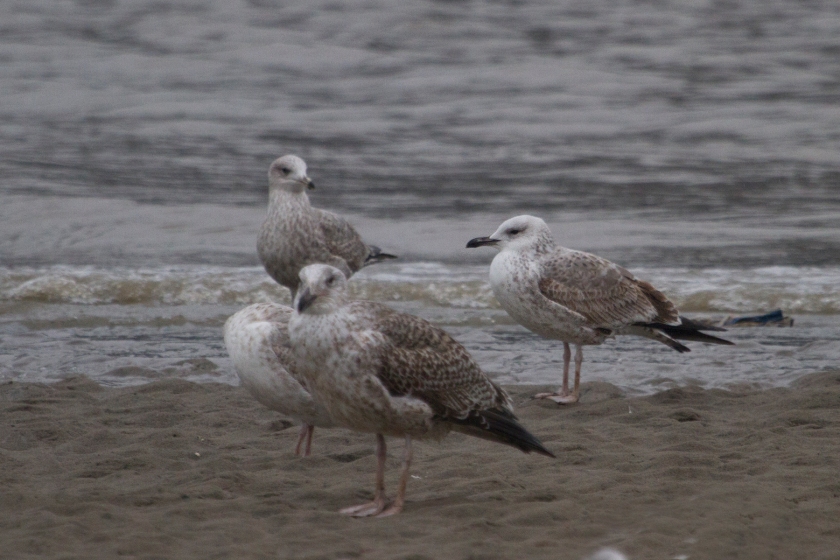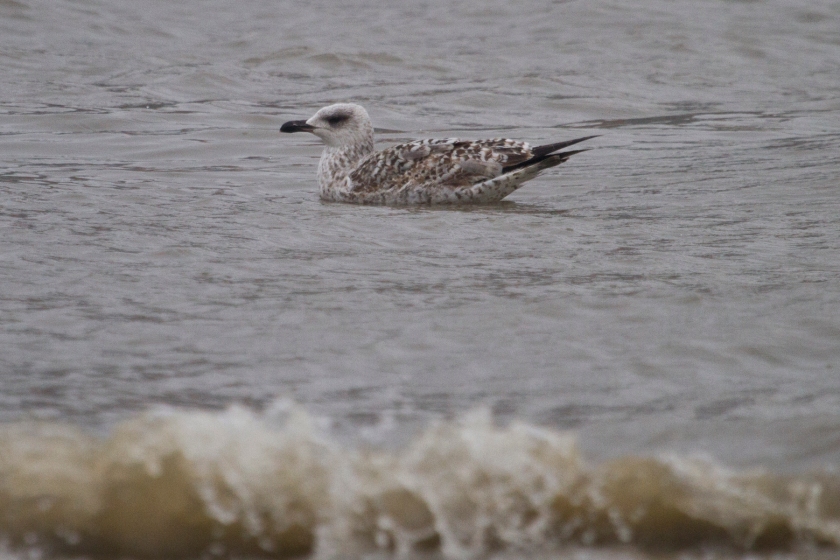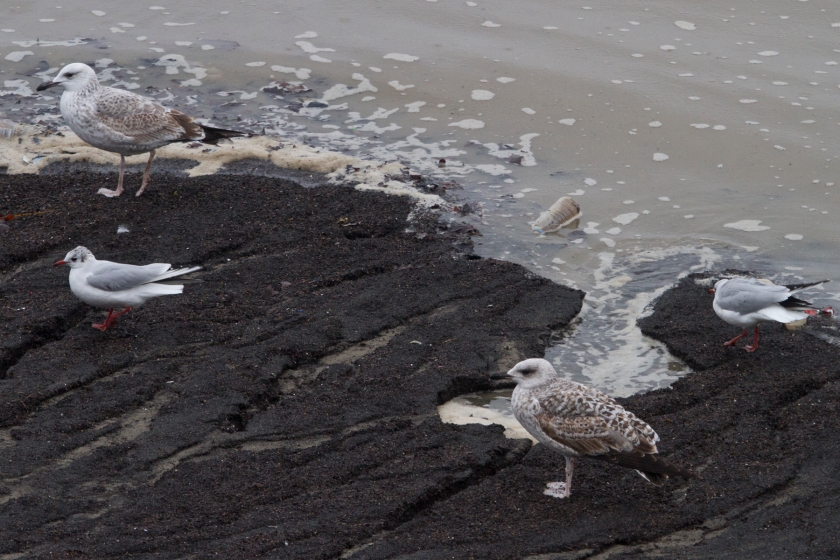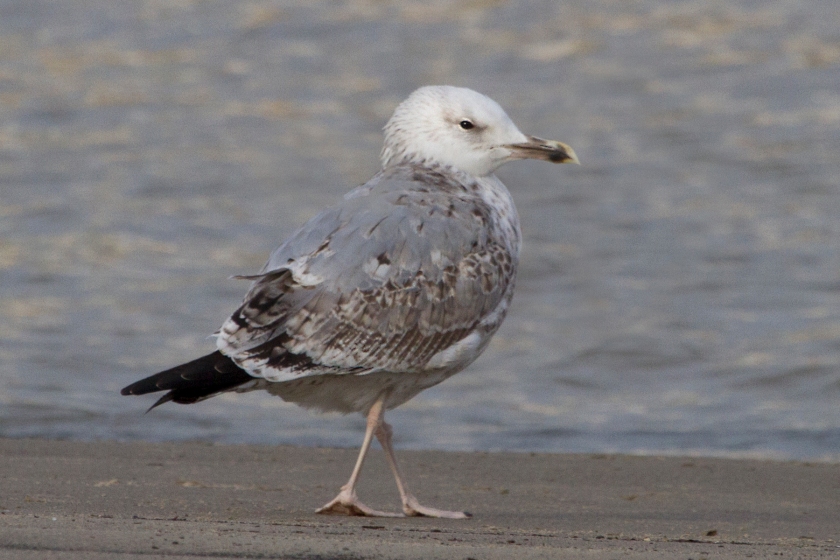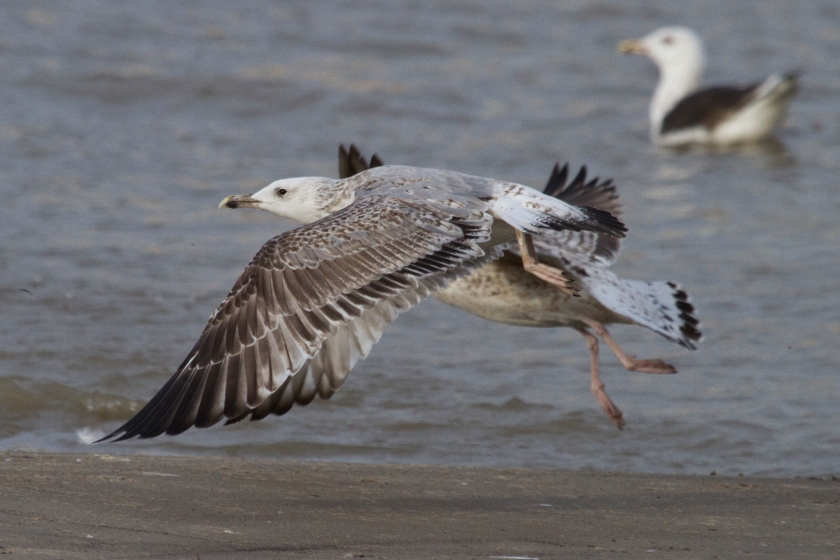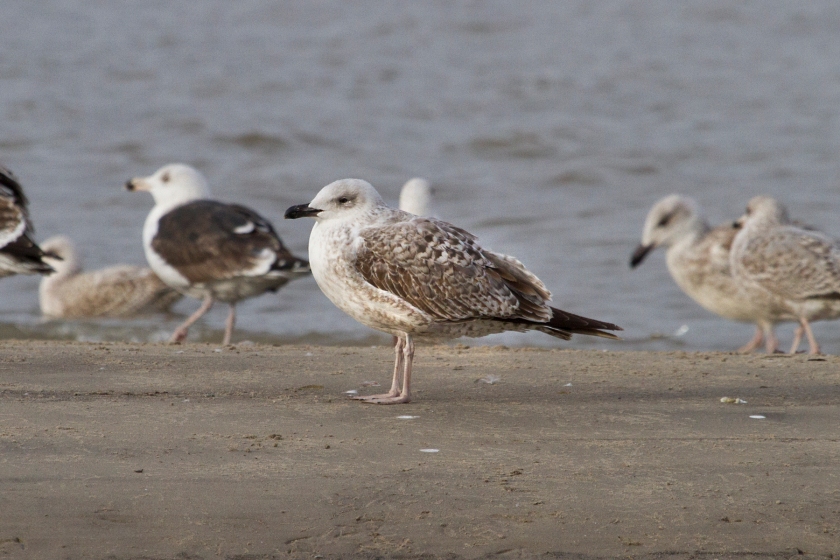Here’s the real reason for my trip. The photo below was taken at Lady’s mile – a furiously potholed dirt track just south of Limassol with pools to the right and the sea on the left. Birds loaf around the puddles and lagoons but also come to bread on the beach. I did most of my Gulling here and also spent time at Larnaca Sewerage works and a couple of Harbours along the south coast. I saw many birds and have included ones which are particularly nice looking or came close enough to get decent, useful photos.

Black heads were in good numbers at Lady’s Mile and scanning through them revealed a few Slender billed gulls.
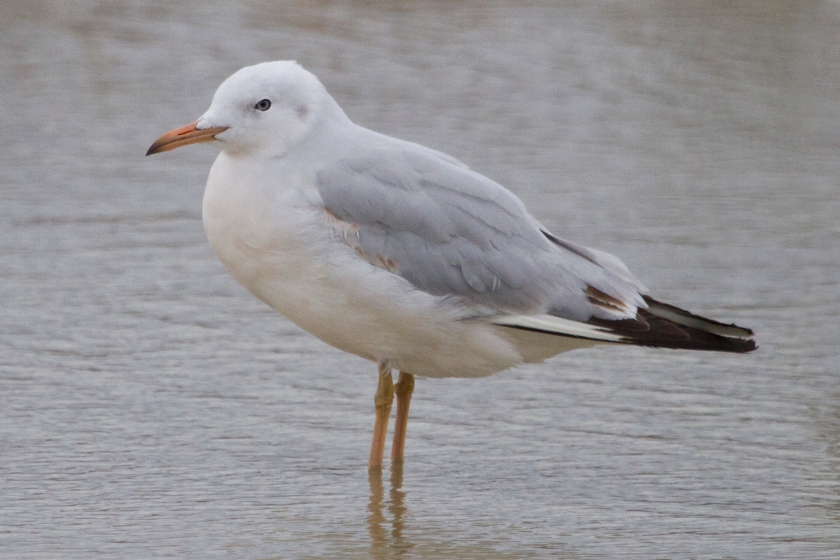

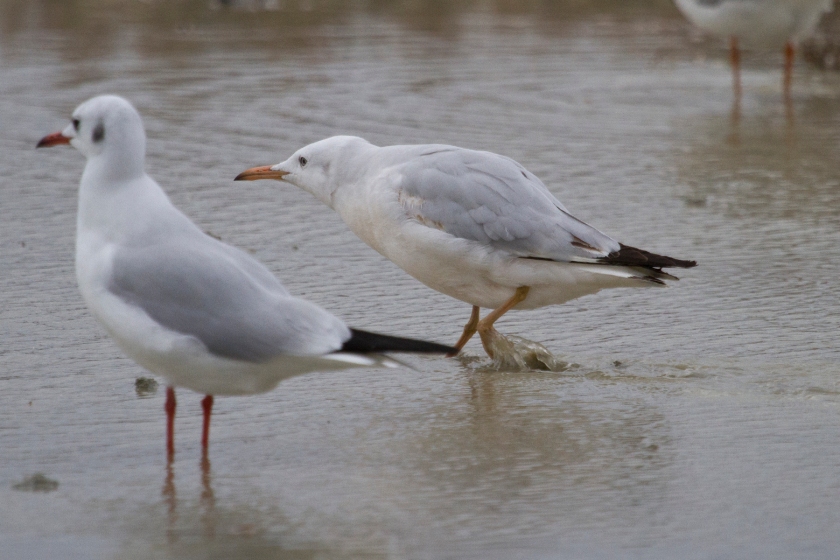

The most common large gulls were Armenian. Quite unremarkable as first years, overall resembling a small delicately marked Yellow-Legged Gull but sharing a few more caspian like features like overall whiter underwing more delicate and sometimes silvery replaced scaps and wing coverts.
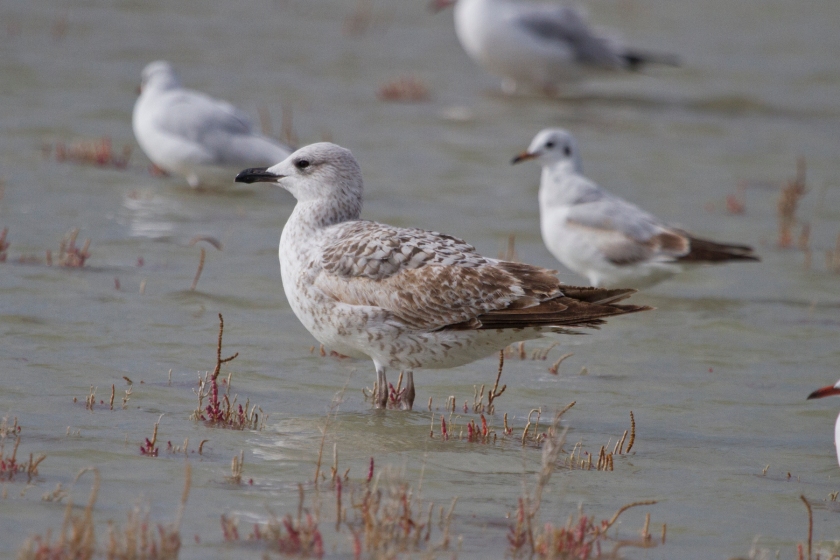

Many were quite bleached and worn in the wing.


The bird below more Yellow-Legged appearance, but was size and shape of Armenian, and note scapular pattern and propensity to show silver grey.

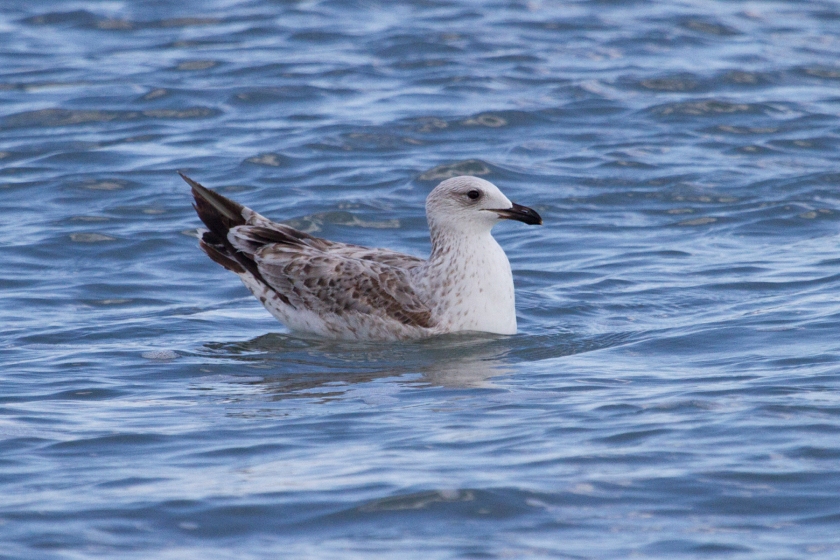
The Second winter birds were more contrasy and, like many more easterly taxa often moult a high percentage of wing coverts in their post juv moult so have an almost complete grey mantle by the time they reach this age group.


Adults are smart.


Yellow Legged Gulls seemed to be present on the north coast mainly during my stay. I had a few adults and first winters however Caspian Gulls were much more common, with only first winters coming to bread but many adults and a few other aged birds seen in flight around the island and distantly at the Sewerage works.
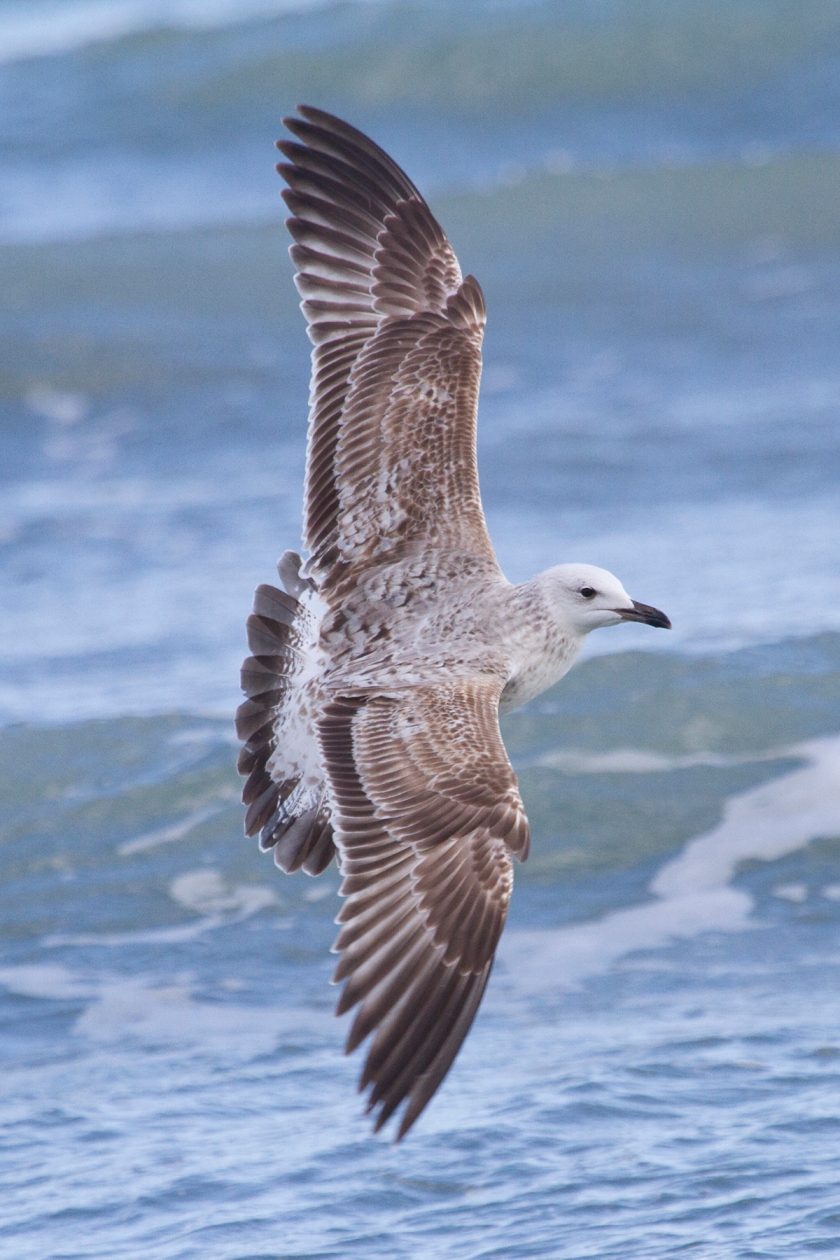

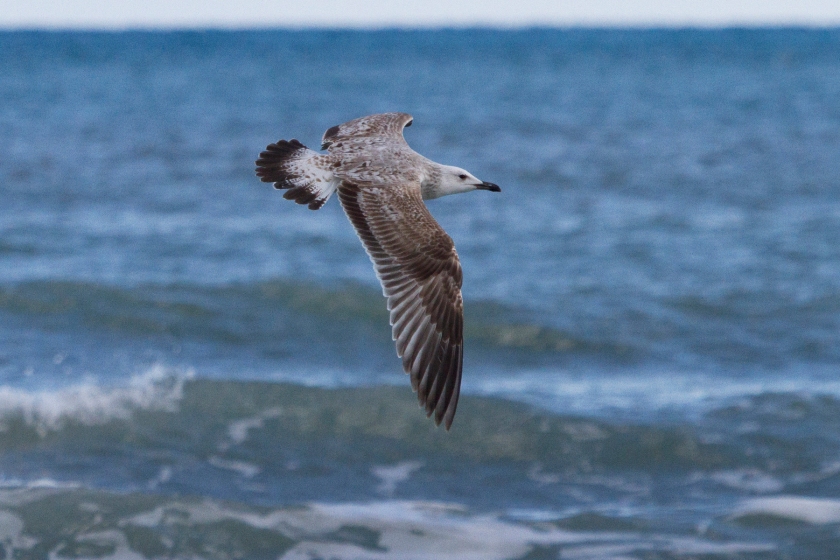

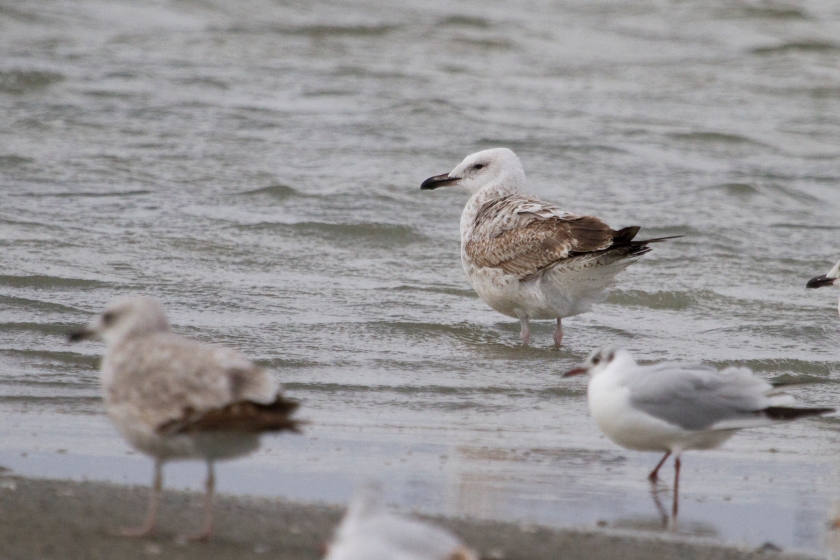
Square headed small billed bird above resembling barabensis, and darker bird below, quite unfamiliar in uk context, with same age Armenian,



Classic bird against the bright blue east med sea rather than our usual muddy waters in the SE.



This very large billed presumably male bird, below, had beautiful replaced scapulars and median covert pattern giving it a second winter appearance on the water but a closer look reveals the coverts to just be plain grey 2nd gen feathers, Ive seen this in only a few first winter birds birds before. Note first gen tail band also.

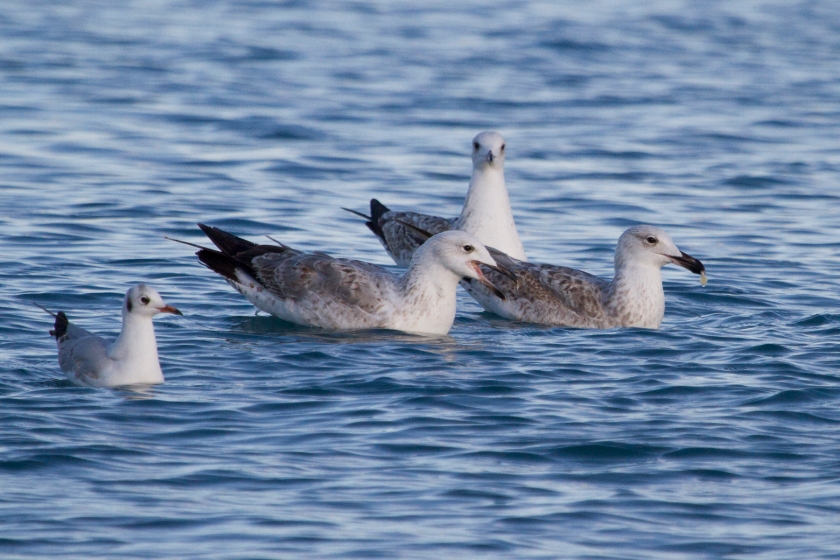

Adults were mainly fly-bys or birds present in the few areas of Military Land where photography was forbidden.


I saw 2 different Common gulls, both at Lady’s Mile. This bird, with its clean white head and underparts, dark 2nd generation, pale fringed and browner centered scapulars, long primary projection and pink base of bill suggests the Russian sub-species Heinei.

I also saw what must have been Fuscus LBBs but again distant and no pics better than this…

Thanks to Phil Saunders (who spent a good amount of time out there studying Rollers during the summer months) for his help with sites etc.





